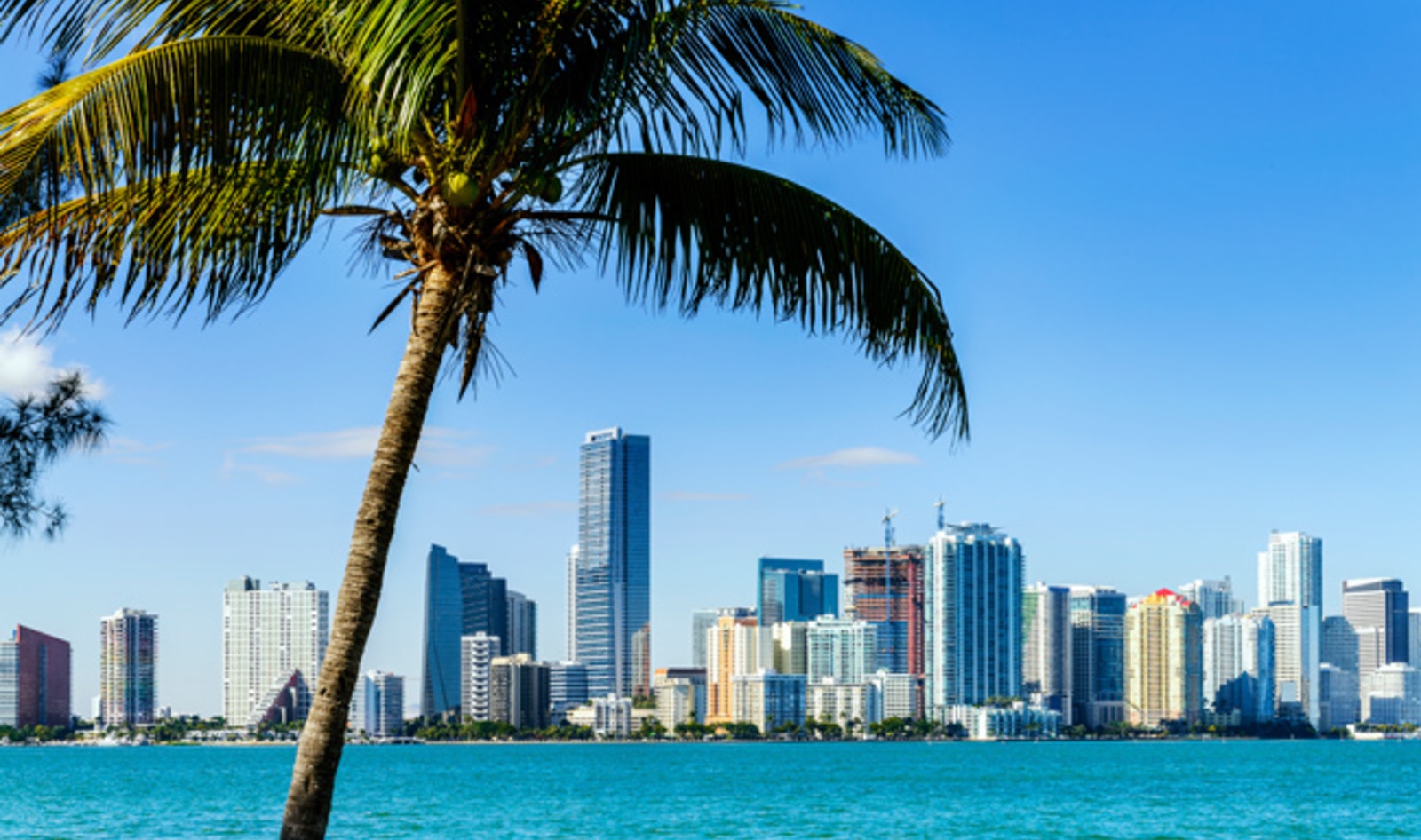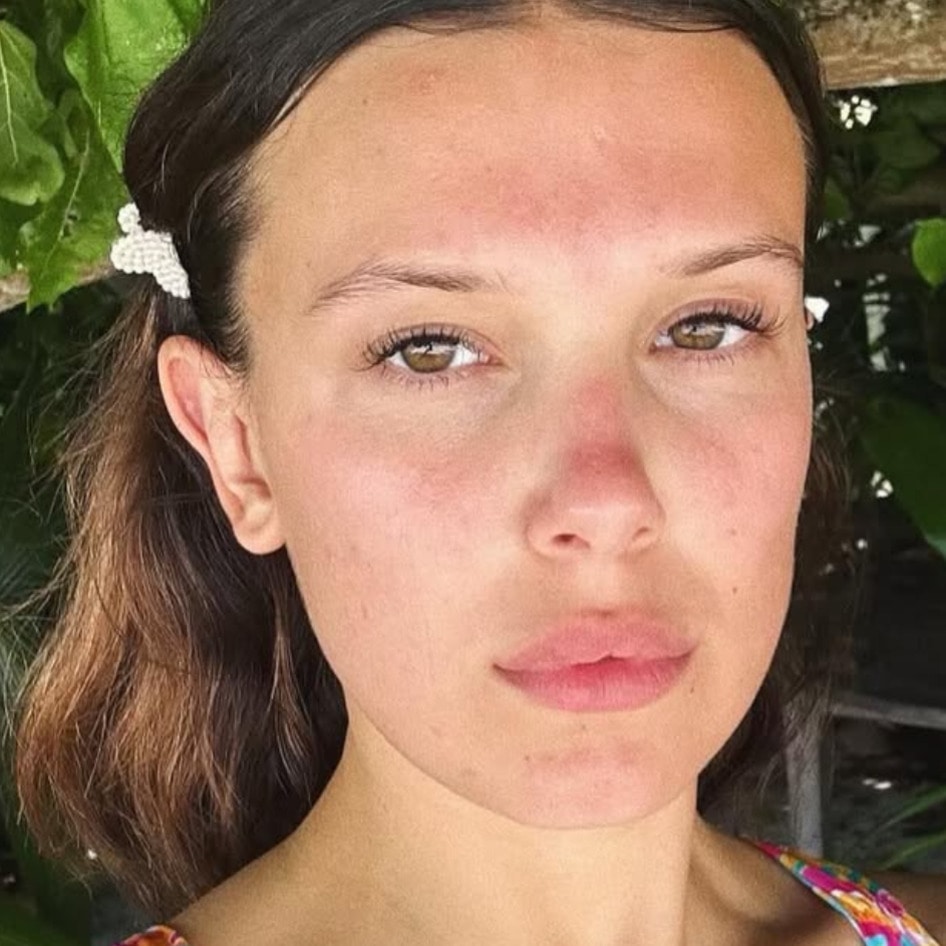Miami Beach, FL may be best known for sun-drenched beaches and vibrant nightlife, but it is steadily securing its reputation as a global health and wellness destination. This transformation began with Muscle Beach’s classic fitness appeal in South Beach, and now includes Wodapolooza, the world’s largest fitness event. But it’s the city’s next chapter that may make the biggest impact: Miami Beach is expected to become another US Blue Zone, and its Ignite initiative—launched in early February— is setting the stage for a transformative community-wide health reboot.
“We are really picking up our game and becoming a health and wellness destination,” Miami Beach Mayor Steven Meiner said in a statement.
After extensive research into longevity hotspots around the world, Blue Zones founder Dan Buettner and his team have distilled nine lifestyle and environmental traits common to the healthiest, longest-lived populations.
The original Blue Zones are regions recognized for unusually high life expectancy and better overall health—areas such as Okinawa in Japan, Sardinia in Italy, Ikaria in Greece, and the Nicoya Peninsula in Costa Rica. These populations share key traits such as natural daily movement, mostly plant-based diets, social connectivity, reduced stress, and a sense of purpose.
These regions evolved their unique longevity rates over time: Sardinia’s hilltop villages, Okinawa’s tightly woven communities, Ikaria’s unhurried mornings and Mediterranean meals—these were places where longevity emerged not from policy, but from rhythm, habit, and heritage.
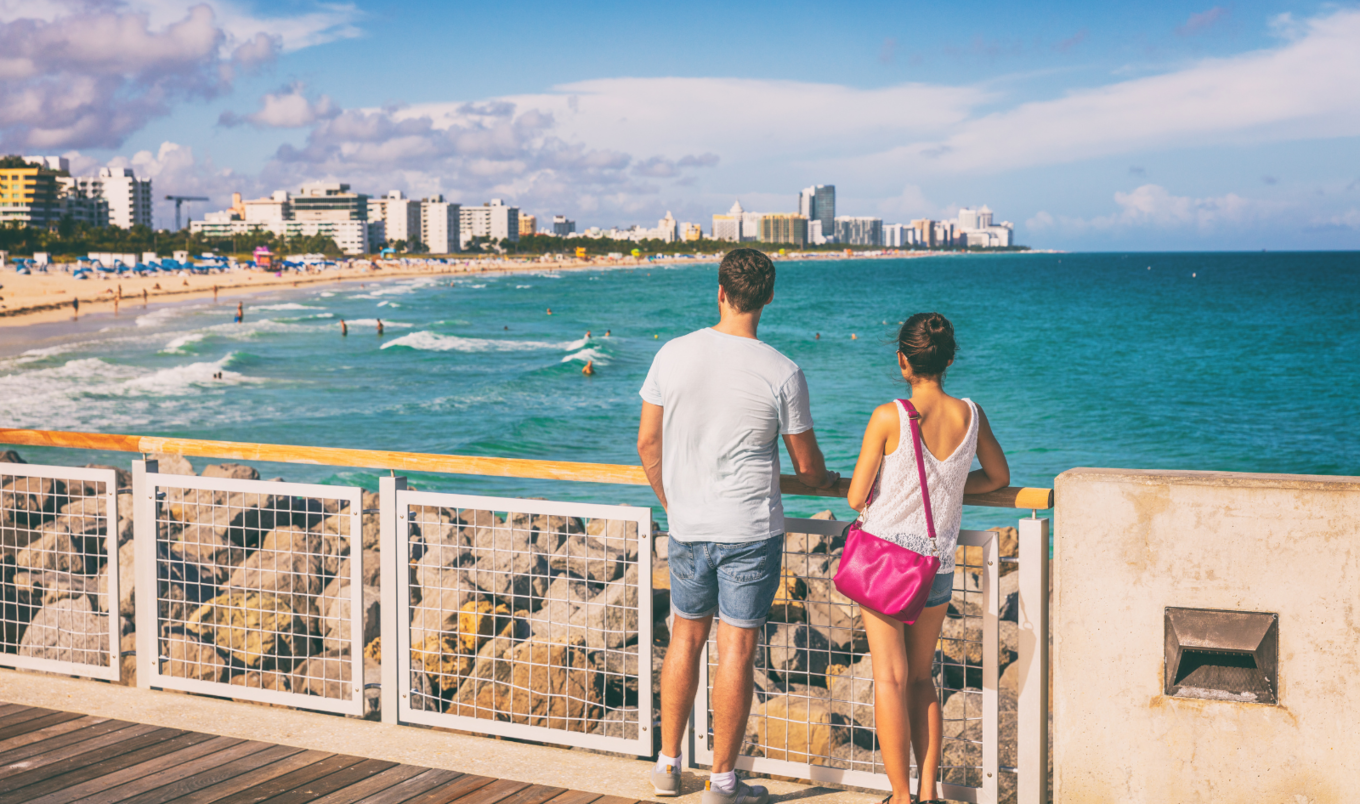 Canva
Canva
Blue Zones Project cities, on the other hand, are aspirational. They’re not born of centuries-old tradition, but of modern reinvention. Places like Fort Worth in Texas, Beach Cities in California, and now potentially Miami Beach are attempting something both ambitious and deeply contemporary: to reverse-engineer longevity.
Guided by research from Dan Buettner and his team, these cities work to rewire daily life by embedding well-being into streetscapes, school programs, food systems, and local culture. Miami Beach may never become Ikaria, but it is staking a claim as a city willing to design for health—not just hope for it.
BECOME A VEGNEWS VIP: Get exclusive product deals, freebies, and perks galore!
There are notable results for such shifts. A Gallup-Healthways report tracking communities engaged with Blue Zones found dramatic results: a 25-percent decrease in overweight adults, a 36-percent reduction in smoking rates, eight percent more exercise engagement, and a precipitous drop in stress. In California’s Beach Cities, awarding an estimated $8.1 million in active-transport grants helped residents accrue 423,000 miles via Walking School Bus programs while decreasing childhood obesity by 68 percent between 2007 and 2019.
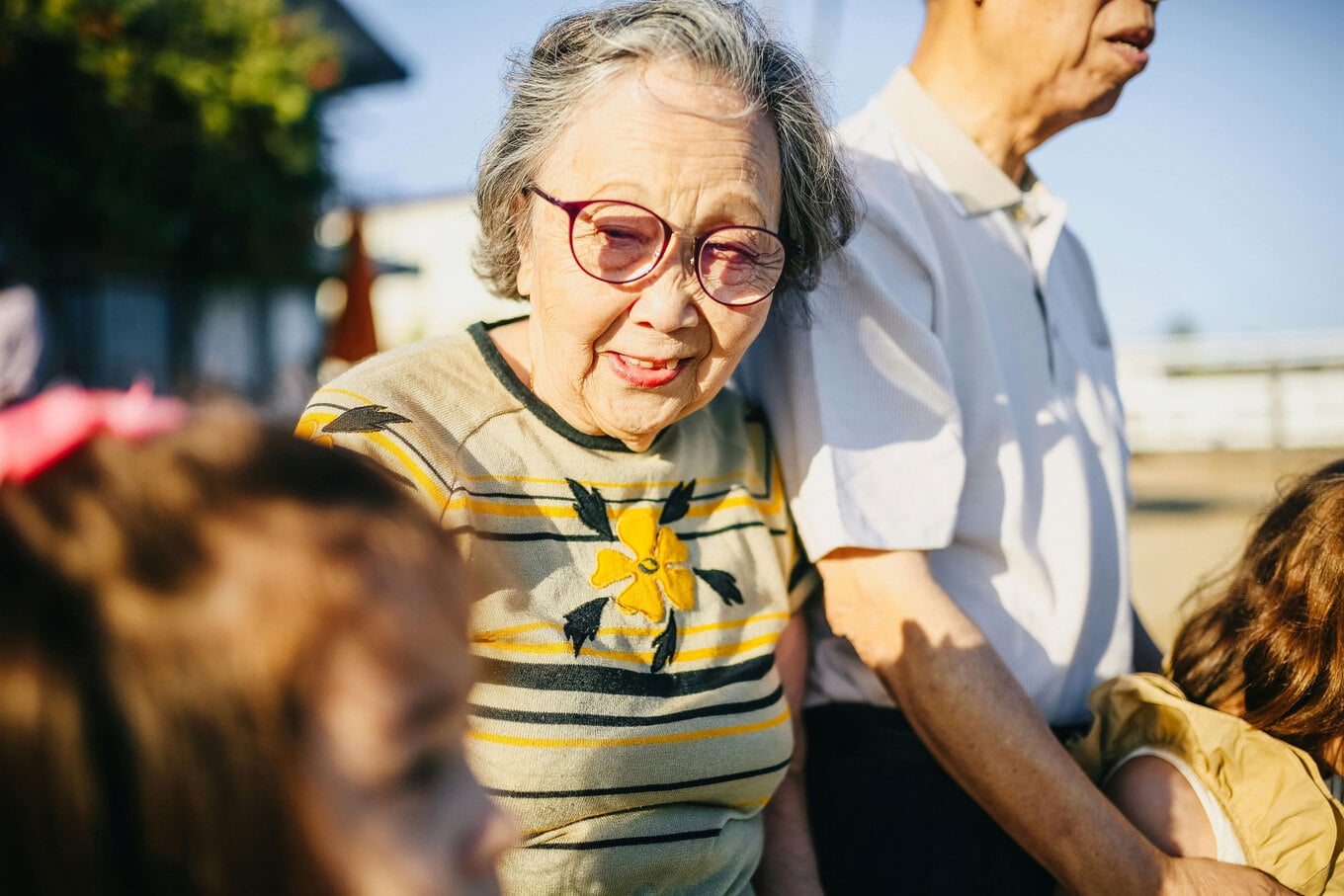 Rdne | Pexels
Rdne | Pexels
Nationwide, data from Blue Zones Project communities have shown other notable metrics, too: a 40-percent reduction in smoking across Fort Worth and the California Beach Cities, a 14-percent drop in obesity in Iowa pilot cities compared with three percent statewide, estimated economic savings of $300 million per 100,000 people in decadal productivity gains, and $182.4 million in healthcare cost containment savings in Beach Cities in one year alone.
From blueprint to policy shift
In February, Miami Beach launched Blue Zones Ignite, a comprehensive six-month feasibility study that saw civic leaders, community groups, schools, and businesses unite to plant the seeds for deeper community engagement. Then last month, the Blue Zones team presented their findings to the public—highlighting the city’s strengths and potential gaps.
Miami Beach already excels in areas such as active transportation, outdoor spaces, and healthy-eating options. The Ignite assessment reaffirmed these strengths but also revealed several actionable areas for optimization—particularly in urban policy, school programs, restaurant partnerships, micromobility, and deeper community cohesion.
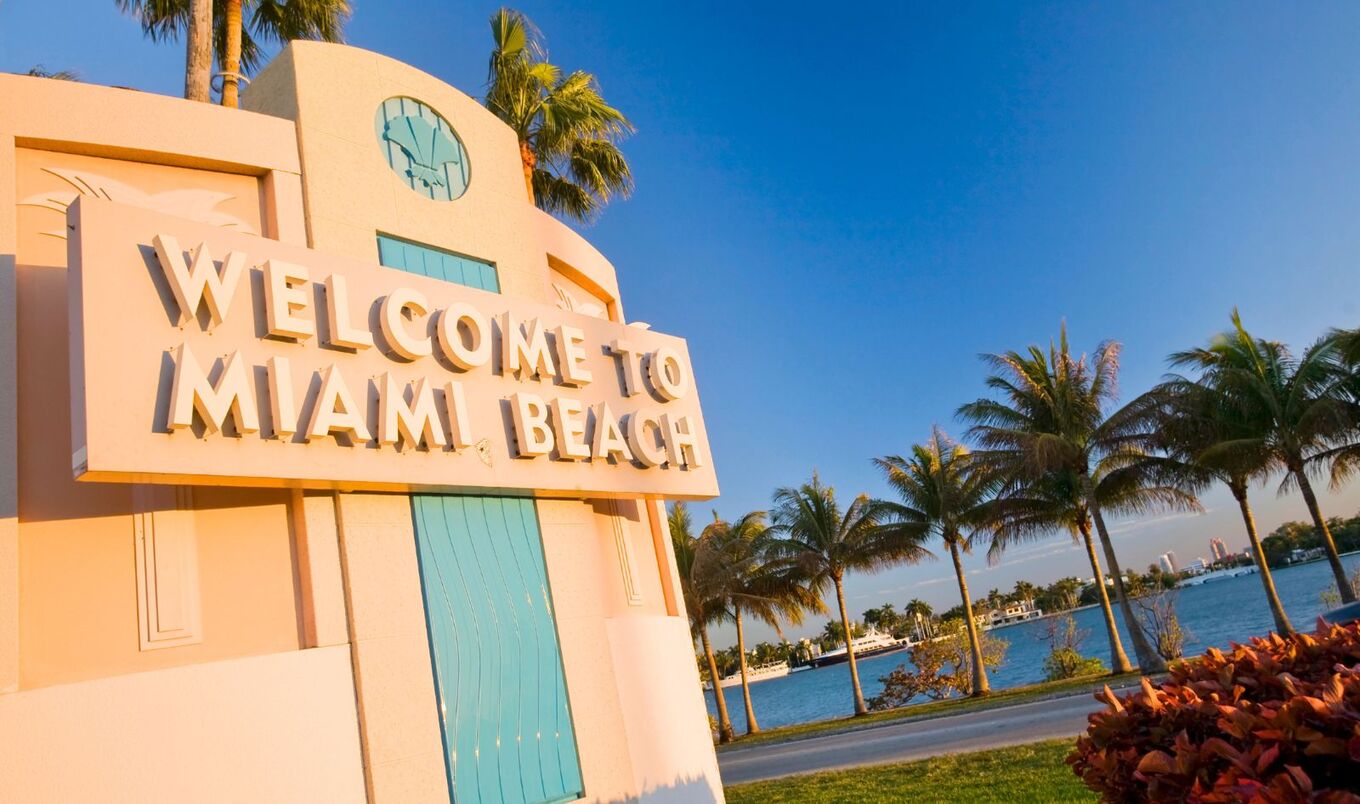 Getty
Getty
Municipalities adopting Blue Zones designs have historically lowered obesity rates, increased quality of life, and achieved savings in excess of $300 million per 100,000 people over a decade. With Miami Beach’s ambition to attract private sector investment via sponsorship and cross-sector collaboration, these improvements could be realized here too. Moreover, Miami Beach allocated $220,000 in the 2025 fiscal year to fund the Ignite assessment and scope of work. The upcoming city commission meeting will explore Blue Zones’ final blueprint, a proposed five-year partnership, and possible financial models, including private sponsorships.
Mayor Meiner laid out the tone and expectations clearly: being a Blue Zones city means more than healthy food or gyms. It’s a holistic endeavor encompassing mobility, social connectivity, purpose, and sustainable healthy environments.
He stated: “Blue Zones is health and wellness in many different aspects, physical activity, as well as good dieting and eating. It really fits in with our image and our reputation.”
The Power Nine, made local
Based on the originating Blue Zones Project principles, Miami Beach’s blueprint will likely follow the Power Nine, the pillars that guided the original longevity communities. These include designing neighborhoods where incidental daily movement is integral, fostering purpose and intentionality through community involvement and intergenerational activities, integrating routines for rest and reflection, cultivating mindful eating practices, shifting food strategies to predominantly plant-based, encouraging moderate alcohol consumption typically with meals, supporting faith or community groups that nourish social cohesion, promoting family networks, and shaping social environments in which healthy living choices are normalized.
 Getty
Getty
These traits are embedded in Miami Beach’s fabric—from beachfront fitness setups and shaded park trails to open-air farmers’ markets, communal classes, and café tables built for social engagement. The Ignite findings confirmed the groundwork is already set. It’s now about scaling and embedding those values in policy, space design, school wellness programs, and employer benefits. The Ignite process is laying out paths to walkable North Beach corridors, healthy menus on Ocean Drive, school wellness programs, and employer-sponsored fitness—and anchoring each in community input and evidence.
 Getty
Getty
Southwest Florida is already showing what’s possible. In 2023, eight communities—Naples, Immokalee, Ave Maria, Bonita Springs, Estero, Golden Gate, East Naples, and Marco Island—became the first in the Southeast to earn full Blue Zones Community certification. Led by the Naples Comprehensive Health healthcare system, the initiative saw significant shifts across health behaviors and local policy, including a 26.8-percent increase in residents reporting they are thriving, a record-low smoking rate of 3.6 percent, and more than $190 million in avoided medical and productivity costs over seven years. The success story helped solidify Blue Zones Project as more than a public health experiment—it became a regional transformation, complete with new food access policies, hurricane resilience planning, and over 60 civic infrastructure improvements designed to embed well-being into everyday life.
At the heart of it all is the question Miami Beach is posing to its residents: what happens when healthy living becomes the default choice? Mayor Meiner offered some clarity: “It’s so much a part of our brand, beautiful beaches, a safe city, but also a city where we’re excited to elevate healthy living, and it’s a big part of who we are.”
For more plant-based stories like this, read:
JUMP TO ... Latest News | Recipes | Guides | Health | Subscribe

